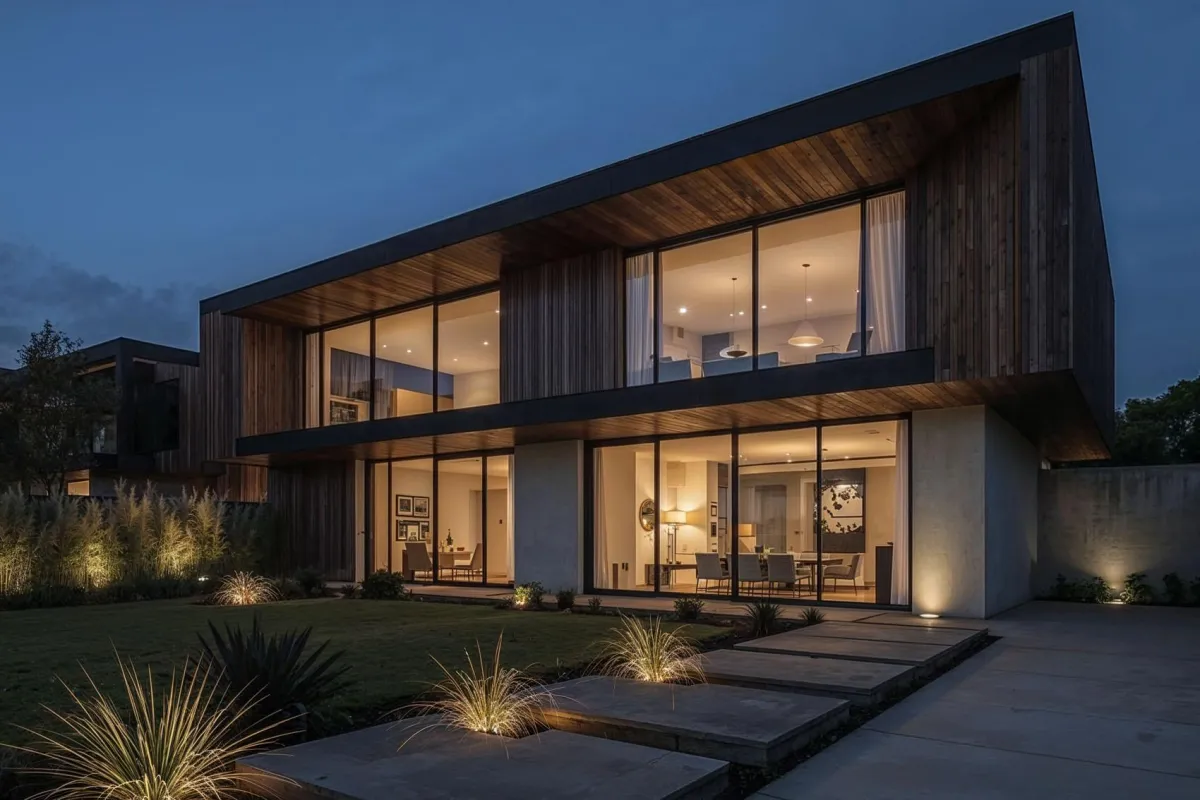
Rooming Houses in Victoria: The Complete Developer’s Guide (2025)
Why this guide?
Rooming houses (co-living with separate resident agreements) are drawing attention from yield-seeking investors — but the winners are the teams who treat compliance and project management as first-order variables, not afterthoughts. This guide breaks down the key moving parts in Victoria so you can build bankable, neighbor-friendly assets.
1) What counts as a rooming house — and which building class applies?
In practice, our small-scale investor format typically targets NCC Class 1b: a boarding/guest/hostel-type building under 300 m² and ordinarily less than 12 residents. Above those thresholds, expect a Class 3 path with materially different requirements. [1]
Victoria’s consumer housing guidance and compliance ecosystem (licensing, registration, minimum standards) sits alongside the NCC; you confirm building class up front with your building surveyor and design team. [1]
Why class matters: classification drives fire safety, egress, amenity, services, and accessibility expectations — which in turn affect your feasibility and approvals pathway. [1]
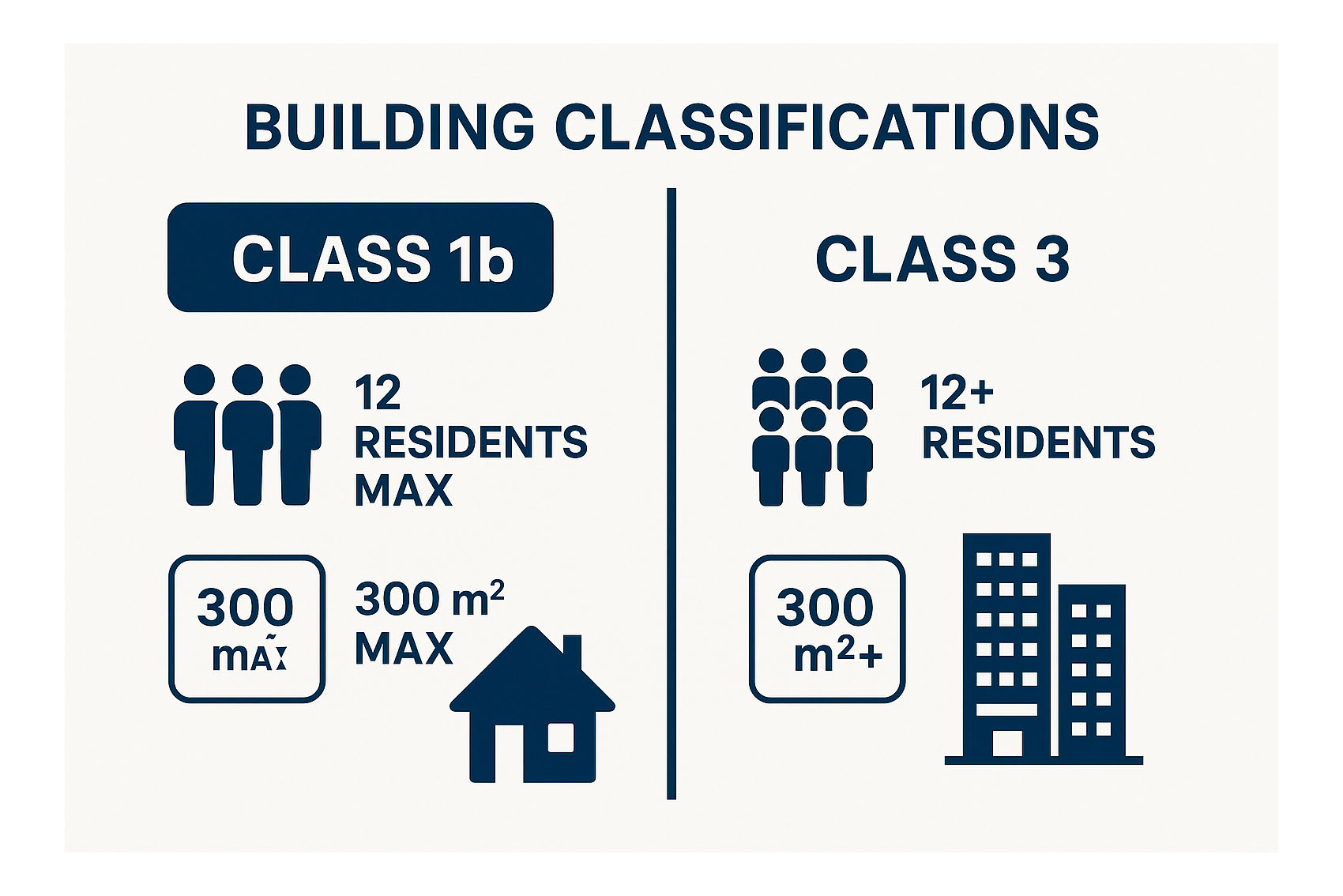
2) The three pillars of compliance (get these right first)
A) Rooming House Operator’s License
If you (or your partner) will operate the premises, Victoria requires a Rooming House Operator’s License issued by the Business Licensing Authority via Consumer Affairs Victoria. Licenses are typically 3 years and a single license can cover multiple premises. Eligibility includes individuals (18+) and certain corporate entities. [2][3][4]
B) Council registration of the premises
Rooming houses are prescribed accommodation. The premises must be registered with your local council’s Environmental Health team, which can include a plan assessment, an initial inspection, and periodic inspections thereafter. [5][6][7]
C) Minimum standards (the living environment)
Victoria sets rooming-house minimum standards for privacy, security, amenity, and safety, alongside general rental standards (e.g., periodic electrical checks). Think: structurally sound/waterproof, safe entry/lighting, ventilation, laundry ratios, blind-cord safety, etc. (updated 2024–25). [8][9]

3) Class 1b technical touchpoints you should resolve at concept
Occupancy & area thresholds (stay inside < 12 persons and < 300 m² if you want the 1b pathway). [1]
Detection, egress & fire safety suitable for Class 1b (don’t assume Class 1a provisions are adequate). Coordinate with a fire engineer early. [1]
Ventilation & amenity to meet NCC objectives plus Victoria’s standards (e.g., wet-area extraction, daylight/ventilation to rooms). [1][8]
Access & approvals: engage your relevant building surveyor early; they administer permits, inspections and issue Occupancy Permit/Certificate of Final Inspection at completion. [10]
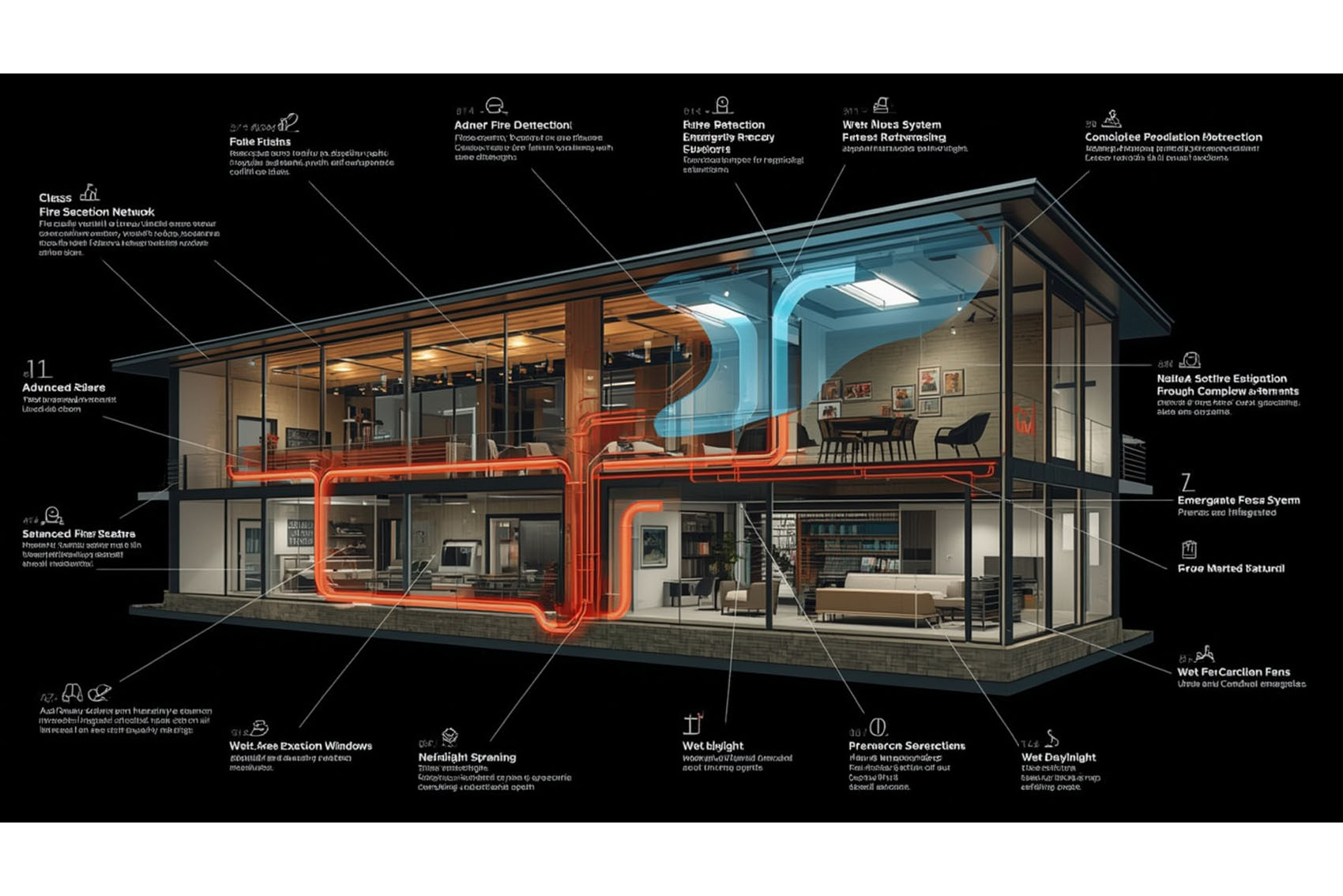
4) Who does what (accountability map)
Owner/Developer — appoints the relevant building surveyor, funds/owns risk, engages competent practitioners. [10]
Building Surveyor (private or municipal) — assesses design against the Building Act/Regulations and NCC, issues building permits, conducts staged inspections, and issues final OP/CFI. [10]
Council Environmental Health (EHO) — handles premises registration and ongoing inspections as prescribed accommodation. [6][7]
Operator — must be licensed, run the house to standards, maintain required safety/maintenance records, and provide the Rooming House Residents Guide to residents on or before move-in. [2][11]
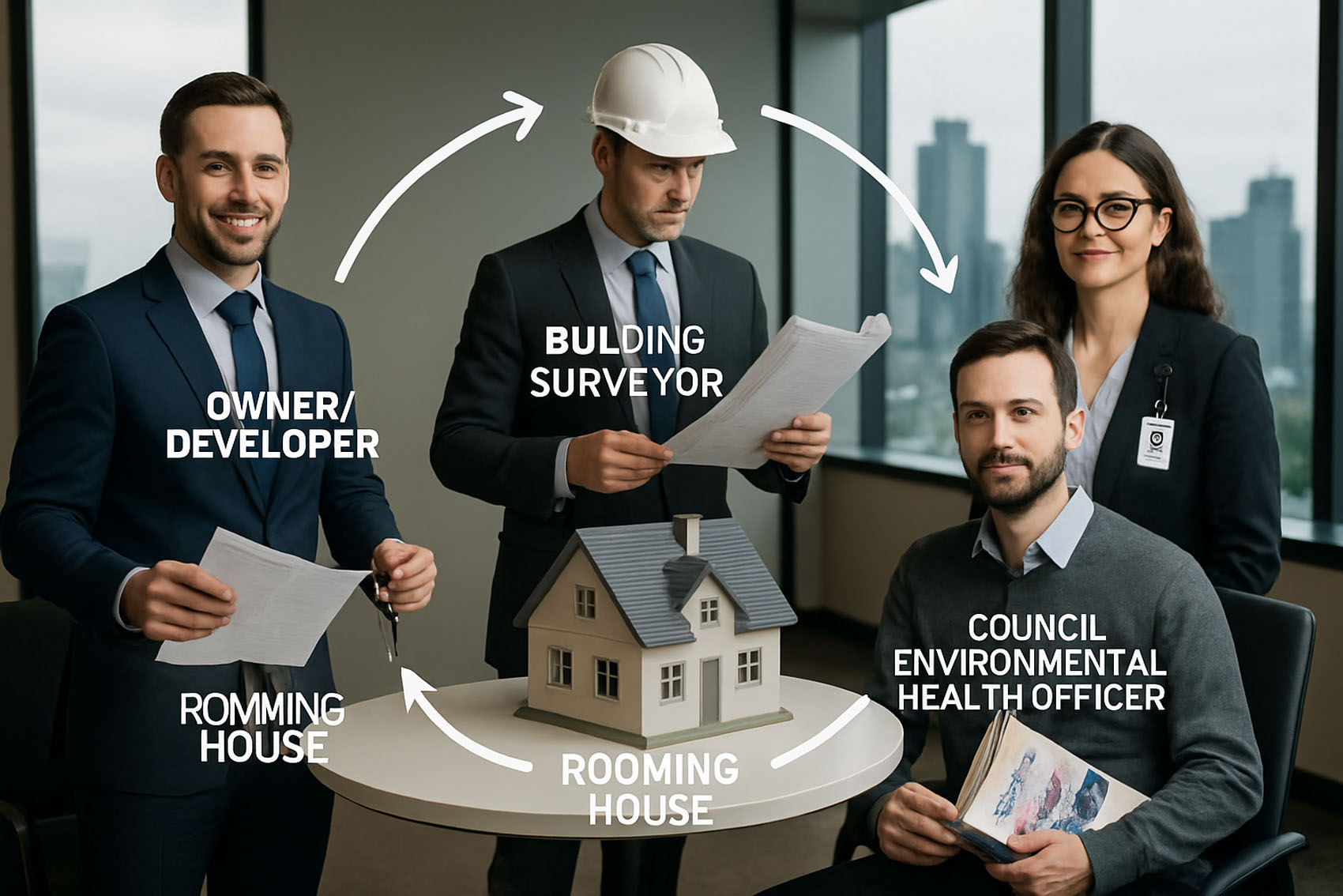
5) Step-by-step: license → permit → registration → operate
Decide operator model (you vs. partner) and apply for the operator license (3-year term; one license can cover multiple houses). [2][3][4]
Confirm planning fit & building class with PM/designer/surveyor at concept. [1][10]
Document for Class 1b (architectural, services, fire strategy) and obtain building permit. [10]
Register the premises as prescribed accommodation with council; expect an initial inspection and periodic checks. [6][7]
Operate to standards: maintain minimum-standards compliance, tenancy/rental obligations, and safety-check records; issue the Residents Guide at or before move-in. [8][9][11]
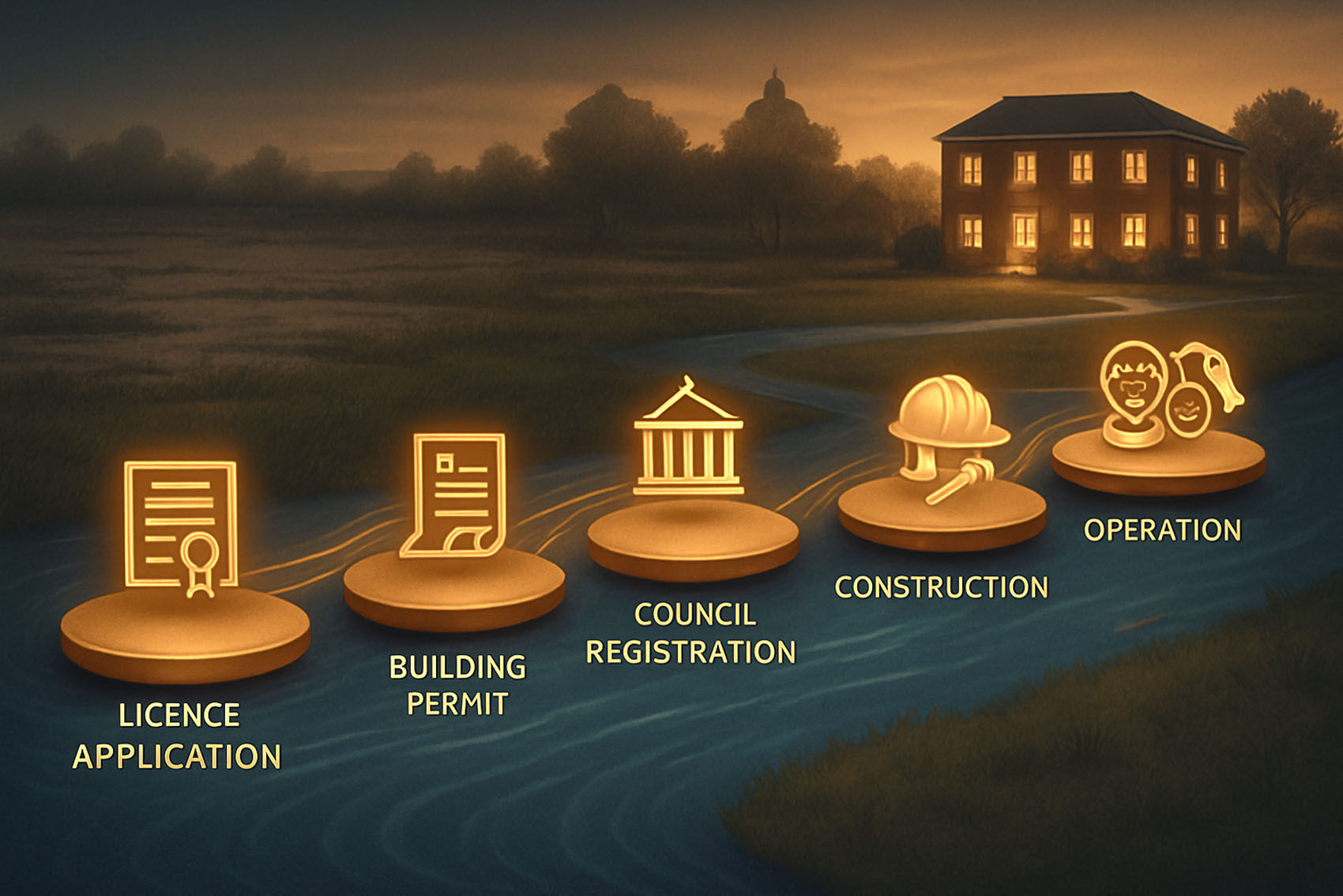
6) Minimum-standards starter checklist (operationalized)
Structurally sound, weatherproof, free of mold/damp related to the structure. [8]
Entry lighting and safe visitor screening at the main entry; compliant locks. [8]
Laundry ratio (e.g., a washing machine per 12 residents) and facilities in working order. [8]
Window coverings and corded-blind safety measures installed. [8]
Periodic safety checks (e.g., electrical every 2 years by a licensed electrician). Keep records. [8][9]
Give the Residents Guide to each resident; keep a compliance file with license, registration, safety checks, and house rules. [11]
Note on exemptions: in limited cases, the Director of Consumer Affairs may grant exemptions to some standards (e.g., where the nature/age/structure prevents modification), but not where there is an immediate safety risk. Treat exemptions as rare and document your case. [12]
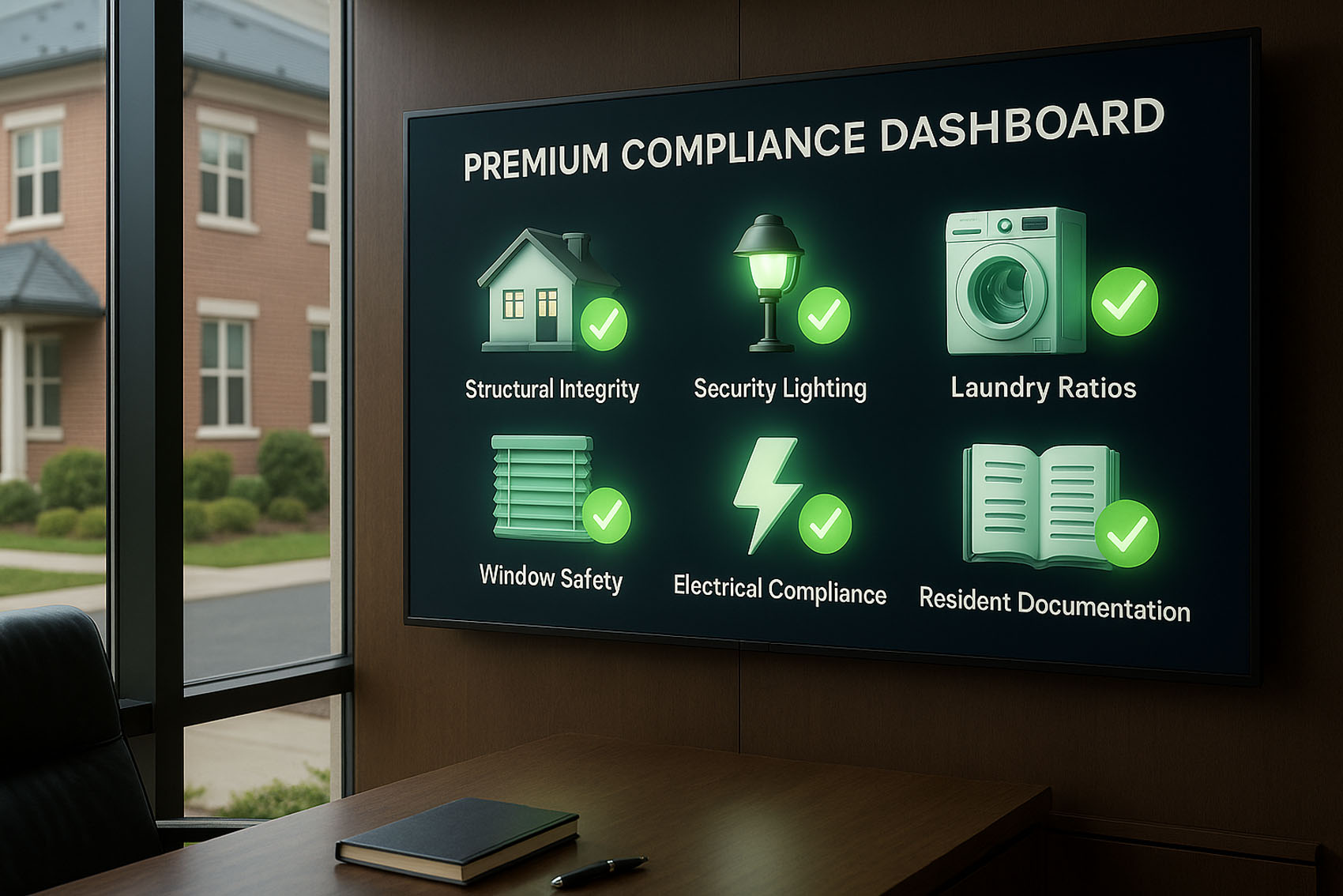
7) PM-first risk controls (how we de-risk delivery)
Classification lock-in: written Class 1b confirmation from your surveyor at concept (prevents Class 3 drift). [1]
Critical-path discipline: gate reviews tied to permit/inspection milestones; PM owns the register, not the builder. [10]
Neighbor & council engagement: EHO pre-opening walk-throughs; house rules & complaints pathway ready before lease-up. [6][7][11]
Forward-looking specs: track proposed efficiency uplifts for rentals/rooming houses (heating, cooling, insulation) flagged for October 2025 so your design is future-proof. [13]
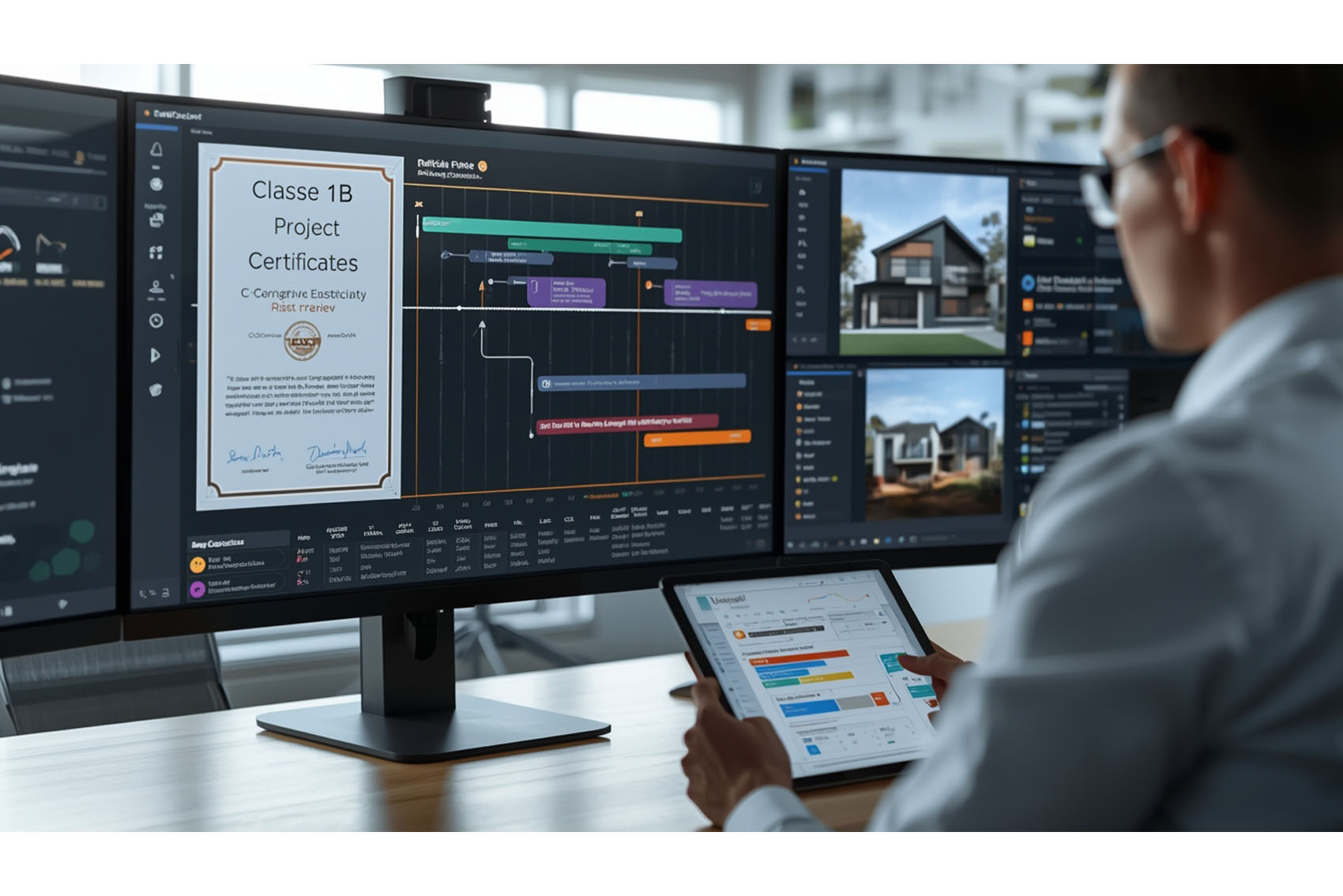
References
[1] ABCB (NCC) — Building classifications (incl. Class 1b definition). National Construction Code
[2] CAV — Apply for a Rooming House Operator’s Licence (BLA-issued, 3-year term; eligibility). Consumer Affairs Victoria
[3] CAV — Renew a Rooming House Operator’s Licence (term/renewal). Consumer Affairs Victoria
[4] CAV — Rooming house operators licensing scheme (one licence covers multiple premises). Consumer Affairs Victoria
[5] Vic Dept of Health — Prescribed Accommodation Regulations (framework for health risk management). Health Victoria
[6] Council example — Darebin: Rooming house regulations & inspections (EHO role). Darebin City Council
[7] Council example — Knox: Register a prescribed accommodation business (process overview). Knox City Council
[8] CAV — Rooming house minimum standards (2024–25 updates). Consumer Affairs Victoria
[9] CAV — Minimum standards consultation/updates (policy context). Engage Victoria
[10] VBA — Planning & building permits (surveyors, inspections, OP/CFI). Victorian Building Authority
[11] CAV — Rooming House Residents Guide (must be given on/before move-in). Consumer Affairs Victoria
[12] CAV (archived via RAAV) — Exemptions to standards (limited circumstances). raav.org.au
[13] News coverage — Proposed Victorian energy-efficiency standards for rentals/rooming houses from Oct 2025. The Guardian

